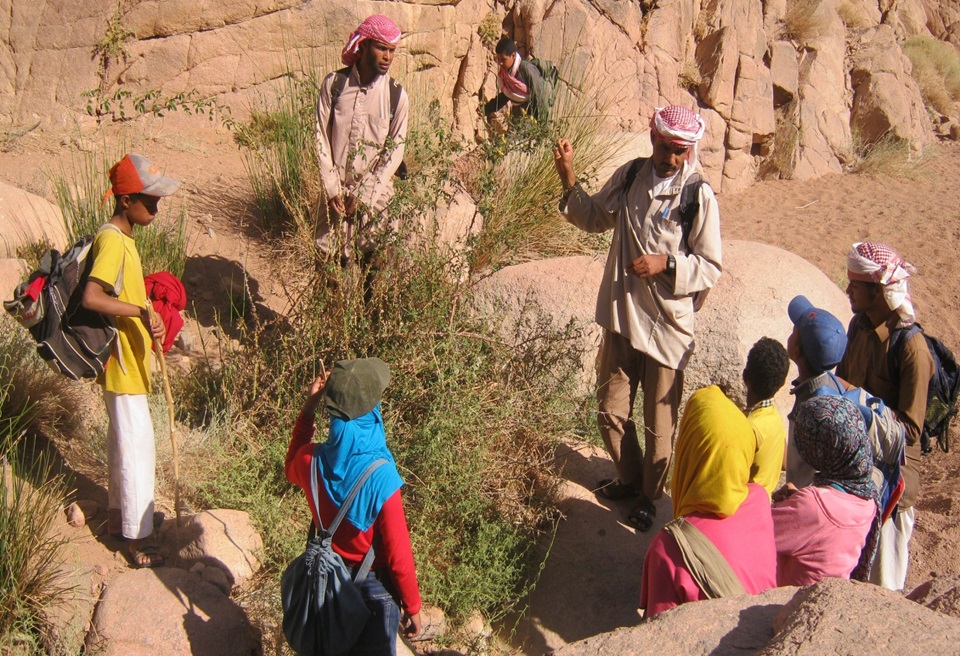Alternative conservation-linked livelihoods
Developing working, alternative conservation-linked livelihoods is the lifeline of conservation initiatives that incur financial burdens.
The idea of initiating ecotourism as an alternate livelihood emerged while conducting biodiversity surveys. We observed that the communities especially the hunters and the youth had a keen eye to spot wildlife as well as good understanding of the forest in general. That's when the youth were trained in documentation of flora and fauna by experts. Sightings were recorded in field registers and this created a community of conservationists among the youth. By documenting unique, rare or special fauna, these surveys acted as a catalyst to attract ecotourists from far and wide.
Thus, the youth, along with the hunters dependent on hunting for subsistence from the three pilot villages, were targeted and trained as nature guides with other trainings in association with Air BnB and Titli Trust on hygiene and environment care in homestays, safety and security, housekeeping service, and food and beverage service, maximizing sales and managing money, and low cost marketing.
Through website and advertisements on bird and butterfly enthusiast groups in India, biodiversity meet's were organised to bring in ecotourists and promote ecotoursim.
Livelihood option in form on Ecotourism was successful to an extent. Not only did the presence of the visitors aided in boosting nature-based ecotourism, but also the biodiversity assessments further added to the knowledge of the faunal biodiversity. The visitors participated in the biodiversity surveys, stayed in local homestays in the villages of Sukhai and Khivikhu, tasted sumptuous local cuisine, watched the traditional Sema dances and engaged with the local community to understand their activities to conserve their natural resources.
The training of youth in biodiversity assessments and sustainable use of natural resources, as well as the training and capacity building of local community members as nature guides for ecotourism, has resulted in enhanced livelihood opportunities with the steady flow of tourists that are visiting this area to spot ‘bird and butterfly specials’. Now the communities take pride in actively conserving the local biodiversity and overall landscape. Many of the species that were rare to sight have made a comeback as communities continue to patrol and conserve their CCA.
However, these are very remote landscapes with very poor road connectivity and hence depsite having tremendous biodiversity and artisitc homestays, very few ecotourists rather the only hardcore bird watchers or butterfly enthusiasts have shown interest to visit these areas. In future, if the road connectivity is improved then it may lead to better opportunities of earning and promoting ecotourism for the local communities. This has further motivated the communities, including those from neighboring villages, to take up conservation and protect their natural resources
